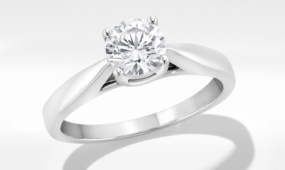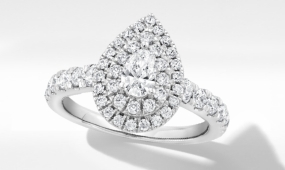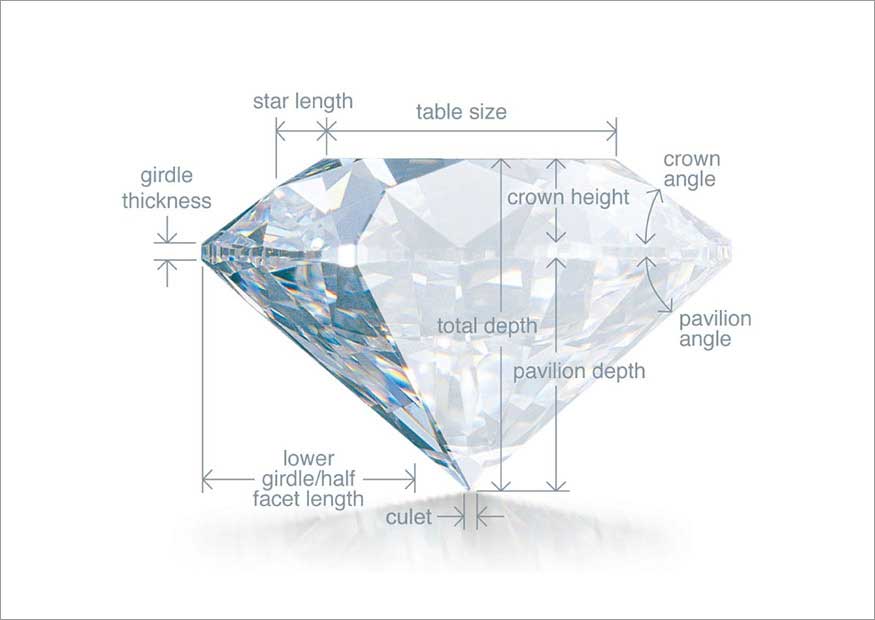Diamond Anatomy and Parts of a Diamond | Peoples Jewellers
Learn More About Diamonds

The 4 Cs of Diamonds
Ready to find the perfect ring? Make sure you have your priorities straight with our guide to the 4Cs of diamonds.
Conflict-Free Diamonds
We only sell 100% conflict-free diamonds. Find out what that means and how Peoples is a leader in the industry.
Lab-Grown Diamonds
An exceptional mix of master craftsmanship and science. Find out more about the benefits of a lab-grown diamond.
